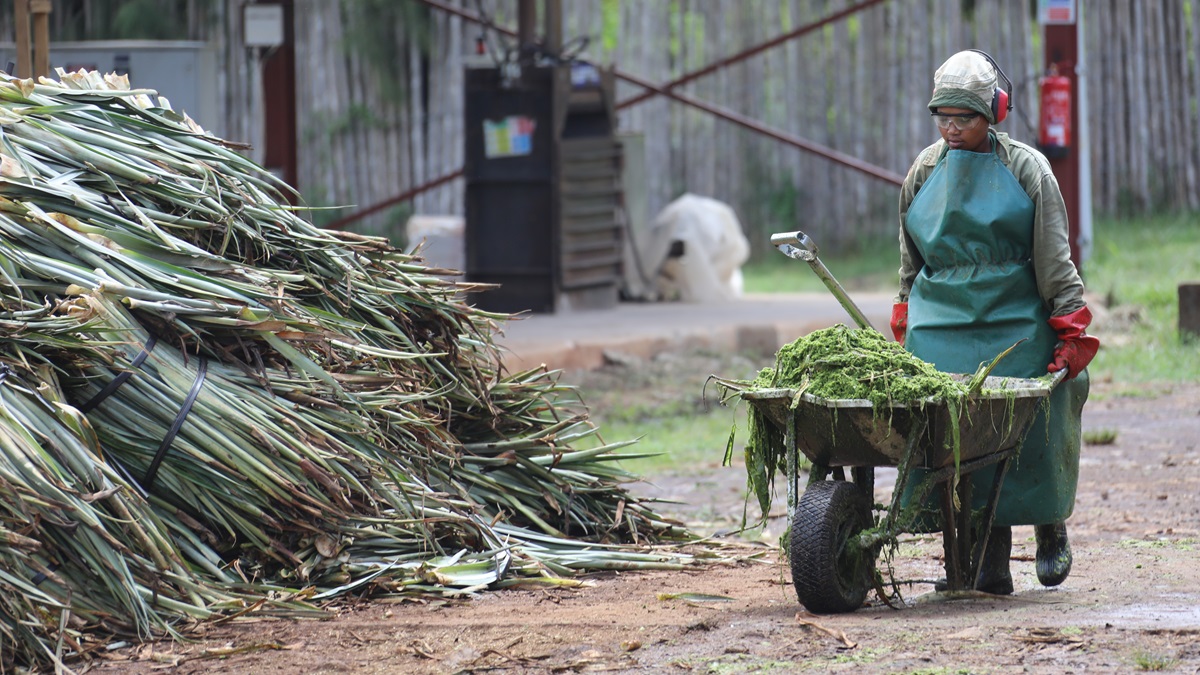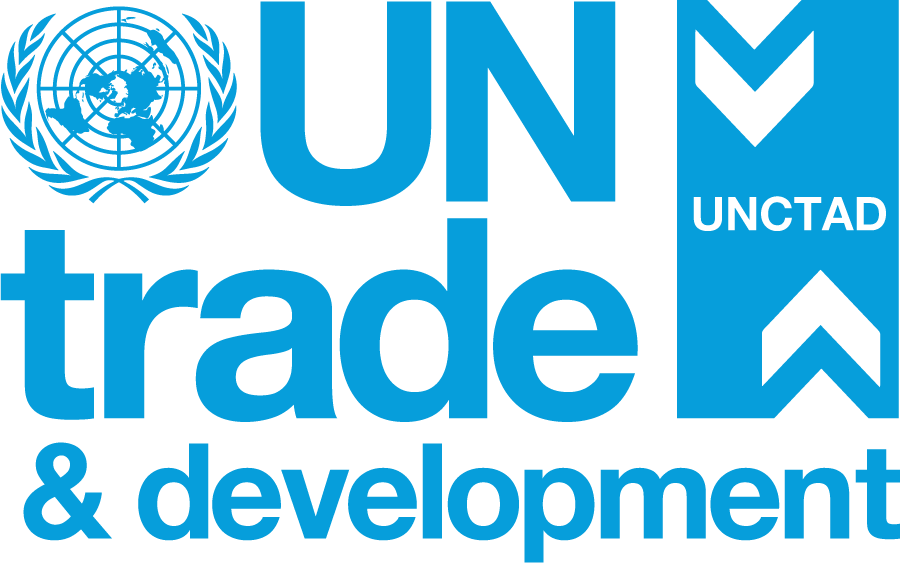From protecting the environment to empowering bottom-up innovation and improving livelihoods, efforts are underway to connect the dots and accelerate progress towards prosperity for all.

© UN Trade and Development (UNCTAD)/Henrique Pacini | The Sustainable Manufacturing and Environmental Pollution Programme (SMEP) is helping Kenyan farmers transform discarded pineapple leaves into textile-grade fibres, nutrient-rich compost and soil-enhancing products.
On International Mother Earth Day, 22 April, the United Nations is renewing calls for a shift to a more sustainable economy that works better for both people and the planet.
Echoing that call, UN Trade and Development (UNCTAD) underscores that pollution is more than an environmental concern. It’s also an economic issue, reflecting waste inefficiency, high costs and an increasing barrier to trade competitiveness.
To catalyze change from the ground up, the organization and its global partners are implementing across Africa and Asia the Sustainable Manufacturing and Environmental Pollution Programme (SMEP), with funding support from the United Kingdom.
The programme, now in its seventh year, shows how innovative solutions to reducing pollution can also boost regulatory compliance, enhance trade between developing countries – known as South-South trade – and unlock new and diversified export opportunities.
“The Global South is increasingly embracing its comparative advantage in nature-based, circular and inclusive approaches to industrial growth and trade,” says Chantal Line Carpentier, who leads UNCTAD’s work on trade, environment, climate change and sustainable development issues.
“By supporting efforts that link environmental stewardship and bottom-up innovation with economic opportunity, we help ensure that sustainability, creativity and inclusion are central to tomorrow’s trade and development models.”
How SMEP makes a difference on the ground
In many developing economies, where pollution, waste and resource pressures converge, innovation emerges from the ground up.
That’s why SMEP spearheads practical solutions that are technically sound, resource-efficient and feasible for settings with limited infrastructure.
Designed with local industries in mind, the solutions are scalable, affordable and aligned with evolving environmental and trade standards, while boosting job creation, expanding global market access and spurring industrial growth.
In Kenya, for example, SMEP is helping convert waste from rural and urban sources into economic opportunities. Across the country, the programme is supporting efforts to convert biomass waste – such as pineapple plant residues – into textile-grade fibres, turn agricultural waste into biochar for regenerative farming practices, and explore the use of fish waste – small or damaged fish with low market value – as a source of biogas for coastal communities.
On the industrial front, the programme is piloting solutions to mitigate the effects of poorly treated liquid waste or sewage from sectors with high risks of water pollution, such as large-scale recycling facilities, pharmaceuticals and tanneries.
This project, entitled “Scaling resource efficiency and cleaner production in the Nairobi Rivers Basin”, aligns with Kenya’s broader efforts to reclaim its “blue and green infrastructure”, or nature-based systems, for a stronger and more sustainable economy.
“We’re not piloting futuristic systems – they’re practical, immediate responses to real problems we face,” says Jane Nyakang’o, CEO of Kenya’s National Cleaner Production Centre, a partner organization to SMEP. “They’re designed to deliver impact where industries face the greatest pressure to adapt but often lack the tools to act.”
The time to act is now
A shift in global environmental governance is underway. The UN Human Rights Council recently recognized plastic pollution as a human rights issue threatening hundreds of millions of people’s health, livelihoods and access to a safe environment.
The move comes as the world nears the 2025 deadline to prevent and significantly reduce marine pollution, particularly from land-based activities – a target outlined in the 2030 Agenda for Sustainable Development.
Against this backdrop, most SMEP projects – though still in early stages of implementation – are gaining momentum.
Despite growing economic uncertainties worldwide, initiatives like SMEP continue to demonstrate how international cooperation remains crucial to helping developing countries tailor forward-looking development strategies to spur more resilient and competitive growth.
Supported by SMEP, countries are shifting the narrative – redefining what viable and inclusive industrial growth looks like amid a fast-evolving global landscape.
The models are in place: resource-efficient, cleaner, participatory and locally led. The results are emerging.
What remains is to integrate these models into policy, procurement and economic systems for innovative solutions to scale and last – and for the Global South to play a more prominent role in charting a new development course in a changing world.


